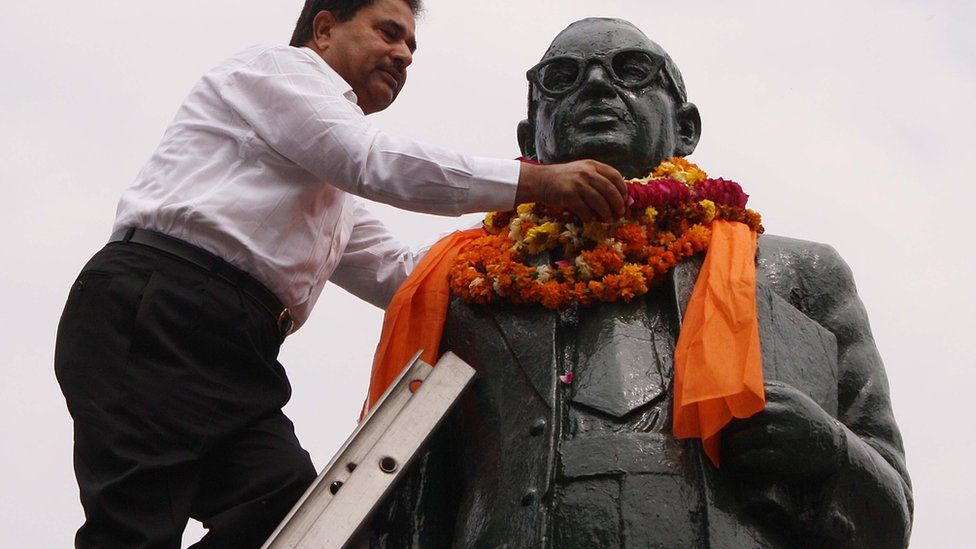

With that being said, it is more reasonable to consider the way in which the facts concerning the Indian society are arranged. Since the text basically retells the social traditions of India, judging these ideas would be basically the same as judging the traditions of the Indian people, which does not seem legitimate seeing how the Indian principles of social hierarchy are rooted deeply into history, down to the birth of the mysterious Arian nation.

Nevertheless, it would be wrong to judge the given excerpt based on the ideas that it suggests. However, in contrast to Plato’s Republic, where social justice is considered the top priority, in the given excerpt, the Indian concept of caste exists outside the realm of social justice. The existing castes, in fact, have a lot in common with another concept of what a perfect state looks like moreover, the latter concept is just as ancient as the Indian idea of castes.ĭescribed by Plato, the Utopian republic is suppose to have a philosopher king, who has a lot in common with the caste of rulers, citizens, and warriors (Magstadt, 2011, p. Once split into the given three castes, the society is guaranteed to remain in harmony until the end of times – or until the breach of balance, for that matter. As the author of the text says, there are priests, rulers and servants. However, analyzing the castes, which the Indian society is split into in accordance with the existing law, one might find something very familiar in the types of castes that the given excerpt features. There is little to no difference between the ones who were lucky enough to be born into the families of the “upper class” and the ones whose origin could be defined in one simple yet sad word, “outcast.” Thus, the text under analysis also offers extensive information on the difference between the religious principles of the Indian people and the rest of the world. However, in a way, the given document offers a unique example of religion spawning prejudice, seeing how the latter is aimed not at the people of different race, ethnicity or nationality, but at the people of the same origin and faith. Therefore, the given text offers a peculiar example of how religious prejudices can lead to social discrimination.
#Indian caste system full
When evaluating the texts dealing with such complex social and religious issues as the history of castes, one must take into account the numerous limitations of such papers so that these limitations should not later on be considered as drawbacks.įirst of all, it is essential to realize that a one-page-long text cannot engulf an entire culture of Indian people and, therefore, cannot allow the cultural background of the phenomenon of caste to come out in full blue.Īs a matter of fact, the author of the text in question is doing very well by creating a historical background and commenting on the premises for castes to emerge: “The Lord assigned only one activity to a servant serving these classes without resentment” ( Indian caste system: The laws of Manu, 2000, p. Despite the fact that the concept of caste seems incredibly dated when compared to the other principles of social structures and systems of society employed all over the world, it still bars a unique air of the Indian culture and is rooted way too deep into cultural and, more importantly, religious aspects of the Indian people’s lives to refuse from following the principles of caste, even though often these principles come at a price of people’s lives.


 0 kommentar(er)
0 kommentar(er)
